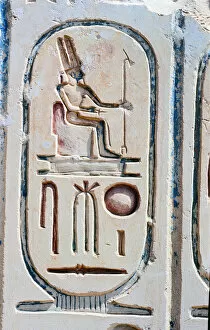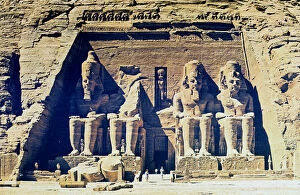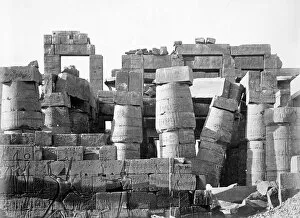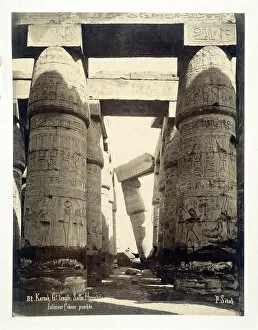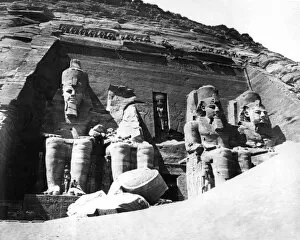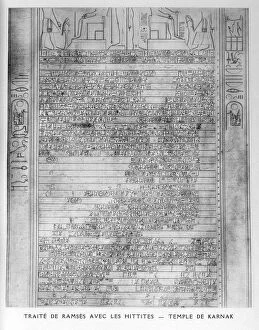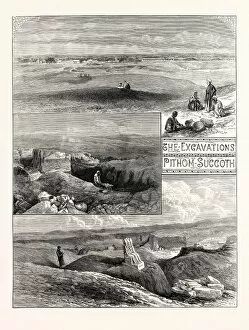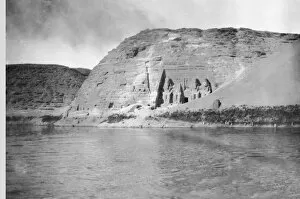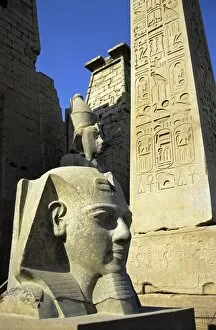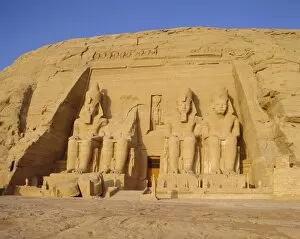Rameses The Great Collection (page 5)
"Rameses the Great: A Glimpse into Ancient Egypt's Mighty Pharaoh" Step back in time to the 13th century BC, where Rameses II, an iconic pharaoh of the 19th Dynasty
For sale as Licensed Images
Choose your image, Select your licence and Download the media
"Rameses the Great: A Glimpse into Ancient Egypt's Mighty Pharaoh" Step back in time to the 13th century BC, where Rameses II, an iconic pharaoh of the 19th Dynasty, ruled over ancient Egypt with unparalleled grandeur. This captivating artwork by Winifred Mabel Brunton transports us to a world steeped in history and mystery. In one painting, we witness Nefertari and Isis adorning the walls of a Theban tomb. Their beauty and grace are immortalized for eternity, reflecting the importance of these goddesses in Egyptian mythology. Another masterpiece depicts Rameses II standing tall beside the Tree of Life at Karnak. Symbolizing his divine connection and eternal reign as pharaoh, this scene showcases his power and authority. The mummy of Ramesses II is captured in a black-and-white photograph, reminding us that even after death, his legacy lives on. His preserved remains offer glimpses into ancient embalming practices while preserving his majestic presence. Engravings reveal scenes from everyday life during Rameses' rule - slaves diligently making bricks under the watchful eye of their overseers or captives constructing temples under duress. These images shed light on both the achievements and hardships faced by those who built Egypt's magnificent structures. Ancient artifacts such as rings adorned with Usermaatre-Setepenre (Ramesses II) inscriptions or scarabs depicting Ptah alongside his name further emphasize Rameses' divine status. These intricate pieces serve as reminders of how deeply religion was intertwined with daily life during this era. Traveling beyond Egypt's borders, Ibsamboul takes us to Nubia where Hathor's temple stands proudly amidst breathtaking landscapes. Meanwhile, Jerusalem unveils its lower arcades within the Church of Holy Sepulchre—a testament to Rameses' influence reaching far beyond Egyptian territories.


